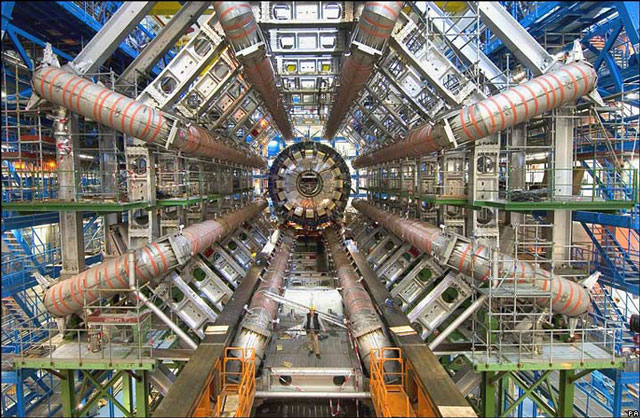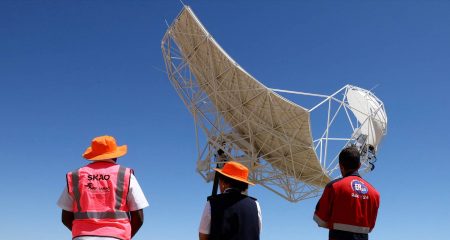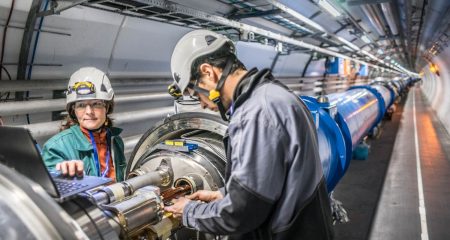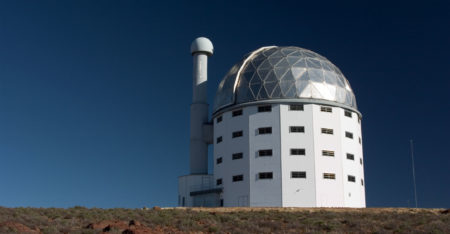
On Wednesday, scientists at the European Laboratory for Nuclear Research (Cern), announced that data from two separate experiments independently confirmed that a new particle had been observed. The Higgs-like boson, which is consistent with a theory put forward by physicist Peter Higgs almost 50 years ago, is believed to impart mass to other particles.
About 40 people from seven SA institutions are involved in the SA-Cern programme, which was launched in late 2008.
According to University of Witwatersrand physicist Trevor Vickey, SA scientists have a permanent presence in Geneva. “We rotate our staff and students to contribute to different tasks and maintenance of our detector on site, but through the world-class technology and advanced computer systems, we can analyse our data from almost anywhere in the world.”
Vickey said the South Africans at Cern were studying a wide range of scientific issues, including the search for the Higgs boson, exotic particles and black holes.
Andrew Hamilton, a lecturer at the University of Cape Town, said the SA-Cern programme was a coup. “It’s an extraordinary opportunity for SA science, to train young people in the absolute cutting edge of world science. Being part of Cern gives SA students and researchers access to world-class facilities and infrastructure, without having to put the investment into paying the huge infrastructure costs, of billions of euros, which are clearly outside the realms of possibility for SA researchers to pay by ourselves,” he said.
University of Johannesburg professor Simon Connell credited the department of science and technology (DST) with the vision to back the project. “Just like the DST chose the SKA [Square Kilometre Array] as a key large infrastructure programme, they also selected involvement in Cern,” he said.
The benefits of SA involvement at Cern go beyond the training of local physicists. One of the spin-offs is technology transfer. Local scientists are already benefiting from the SA computing grid, a network of computers set up to create a virtual supercomputer, used for data processing and analysis. It is believed that experience with the grid, which was established because of SA’s involvement with Cern, will benefit scientists involved with the SKA and other data-intensive research units.
Connell said that, between the SKA and the SA-Cern programme, he anticipated a new dawn for particle physics and for astronomy in the country. “There’s a strong link between those two,” he said.
Connell could not speculate on the potential technological spin-offs that might result from the discovery of the new particle.
“We’re just at the dawn of all these discoveries. Who can predict what will happen? It’s like asking someone in the 1900s to predict what life would be like today.” — (c) 2012 Mail & Guardian
- Visit the Mail & Guardian Online, the smart news source
- Image: Cern




